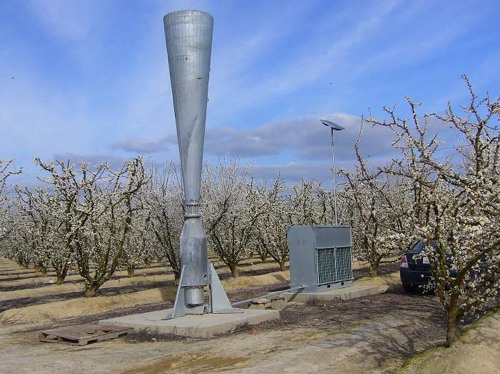Which is why I was so surprised to come across this article over at MIT's technology review:
Given Tablets but No Teachers, Ethiopian Children Teach Themselves
With 100 million first-grade-aged children worldwide having no access to schooling, the One Laptop Per Child organization is trying something new in two remote Ethiopian villages—simply dropping off tablet computers with preloaded programs and seeing what happens.
[...]
The experiment is being done in two isolated rural villages with about 20 first-grade-aged children each, about 50 miles from Addis Ababa. One village is called Wonchi, on the rim of a volcanic crater at 11,000 feet; the other is called Wolonchete, in the Great Rift Valley. Children there had never previously seen printed materials, road signs, or even packaging that had words on them, Negroponte said.
Earlier this year, OLPC workers dropped off closed boxes containing the tablets, taped shut, with no instruction. “I thought the kids would play with the boxes. Within four minutes, one kid not only opened the box, found the on-off switch … powered it up. Within five days, they were using 47 apps per child, per day. Within two weeks, they were singing ABC songs in the village, and within five months, they had hacked Android,” Negroponte said. “Some idiot in our organization or in the Media Lab had disabled the camera, and they figured out the camera, and had hacked Android.”
Elaborating later on Negroponte’s hacking comment, Ed McNierney, OLPC’s chief technology officer, said that the kids had gotten around OLPC’s effort to freeze desktop settings. “The kids had completely customized the desktop—so every kids’ tablet looked different. We had installed software to prevent them from doing that,” McNierney said. “And the fact they worked around it was clearly the kind of creativity, the kind of inquiry, the kind of discovery that we think is essential to learning.”
“If they can learn to read, then they can read to learn,” Negroponte said.I'm not quite sure how settled I am in my thinking about this (first thought: IRB), but as an idea it's fascinating, and reminds me a bit about the old saw that "if marginal productivity is declining, returns to capital investments in developing countries should be stratospherically high." Perhaps that statement, which seems not to hold true for physical capital, is truer for human capital, and this may be the small investment that's needed. If your first thought is "that's not a small investment," may I direct your attention to the end of the article:
The idea of dropping off tablets outside of the context of schools is a new paradigm for OLPC. Through the late 2000s, the company was focused on delivering a custom miniaturized and ruggedized laptop, the XO, of which about 3 million have been distributed to kids in 40 countries.
Giving computers directly to poor kids without any instruction is even more ambitious than OLPC’s earlier pushes.“What can we do for these 100 million kids around the world who don’t go to school?” McNierney said. “Can we give them tool to read and learn—without having to provide schools and teachers and textbooks and all that?”Quality school systems are not cheap compared to tablet PCs.



